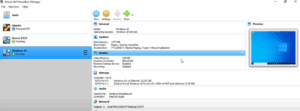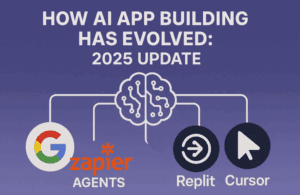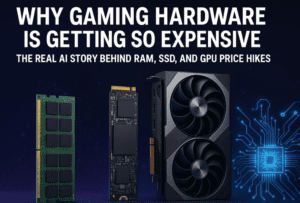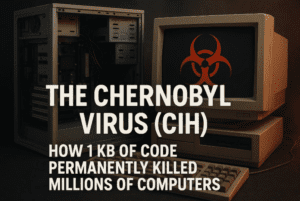When it comes to data storage, one of the most common questions people ask is: “Which is better, an SD card or a hard drive?” To answer this, we need to understand how both devices work, their advantages, disadvantages, and which one ensures better data security for long-term storage.
Understanding How They Work
Hard Drive (HDD): A hard drive consists of multiple parts, including a printed circuit board (PCB), storage media, read/write heads, and an outer casing. Data is stored on the media, which the heads read and the logic board (PCB) converts into readable data for the user. Hard drives rely on moving mechanical components, making them susceptible to physical damage from drops or shocks.
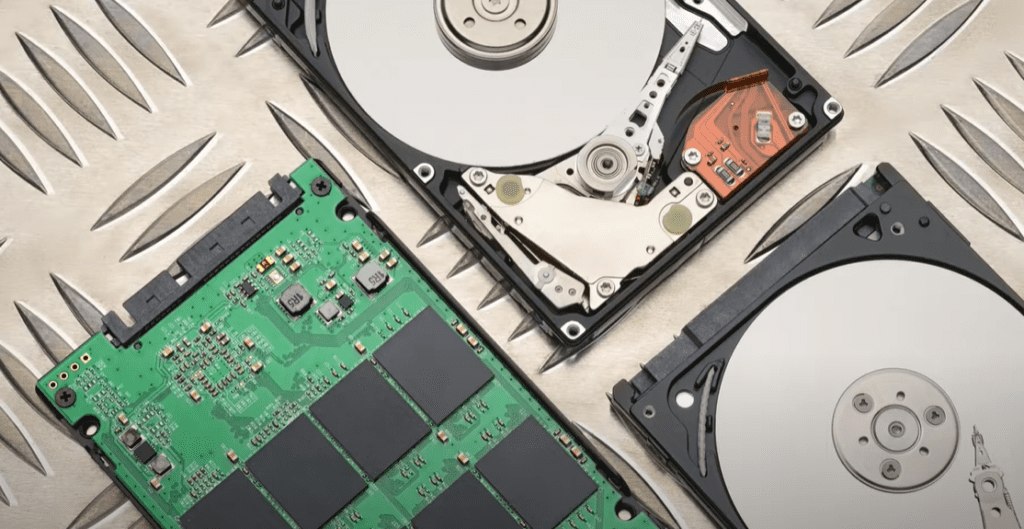
SD Card: An SD card is designed to overcome many of the shortcomings of hard drives. It has no moving parts and consists of integrated circuits mounted on a PCB. Data is stored directly in these chips, making SD cards more durable and less prone to physical damage.
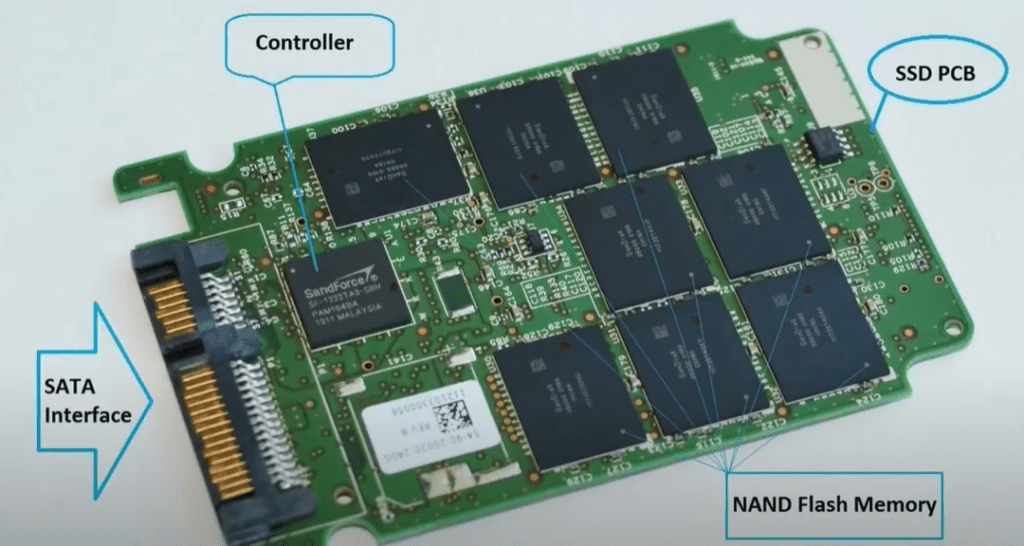
Advantages and Disadvantages
Advantages of Hard Drives:
- Cost-Effective: HDDs are cheaper than SD cards, especially for higher storage capacities. A 4TB HDD can be found for a fraction of the cost of an equivalent SD card.
- Higher Storage Capacity: HDDs are available in larger sizes (up to 4TB or more) at reasonable prices.
- Data Recovery: Data recovery from a damaged HDD is often easier because not all components fail simultaneously. Recovery experts can replace faulty parts like the PCB or read/write heads to retrieve data.
Disadvantages of Hard Drives:
- Fragility: Due to moving parts, HDDs are more vulnerable to physical shocks, which can lead to mechanical failures.
- Limited Speed: Even high-speed HDDs (7,200 RPM) cannot match the data transfer rates of modern SD cards or SSDs.
Advantages of SD Cards:
- Durability: SD cards are more resistant to shocks, drops, and environmental factors since they lack moving parts.
- Faster Speed: Modern SD cards offer faster data transfer rates, reaching up to 6600 MB/s with advanced technology.
- Portability: They are compact and lightweight, making them convenient for mobile devices and cameras.
Disadvantages of SD Cards:
- Higher Cost: SD cards, especially high-capacity ones (1TB and above), are more expensive than HDDs.
- Data Recovery Challenges: Recovering data from a failed SD card is often difficult and expensive. Unlike HDDs, SD cards don’t have spare parts that can be easily replaced. Specialized tools and expertise are required, and even then, success is not guaranteed.
Long-Term Data Security
While both HDDs and SD cards have their pros and cons, HDDs currently offer better data recovery options if something goes wrong. Although SD cards are durable and fast, they are more challenging to recover data from in case of failure.
If data security and recovery are your priorities, HDDs are a safer bet. However, for fast, durable, and portable storage, SD cards are an excellent choice.
Final Advice
If your hard drive becomes corrupted, avoid trying to recover the data yourself using free software, as this can worsen the damage. Instead, consult a professional data recovery expert who has the necessary tools and experience. Similarly, for SD cards, while they are less prone to damage, if they fail, professional recovery services are your best option.
Tags
SD card vs hard drive, data storage comparison, HDD advantages, SD card benefits, long-term data security, data recovery tips, hard drive durability, SD card speed, storage device pros and cons, data recovery challenges
Hashtags
#SDCard #HardDrive #DataStorage #DataRecovery #TechTips #StorageDevices #DataSecurity #HDDvsSD #TechAdvice #DigitalStorage




